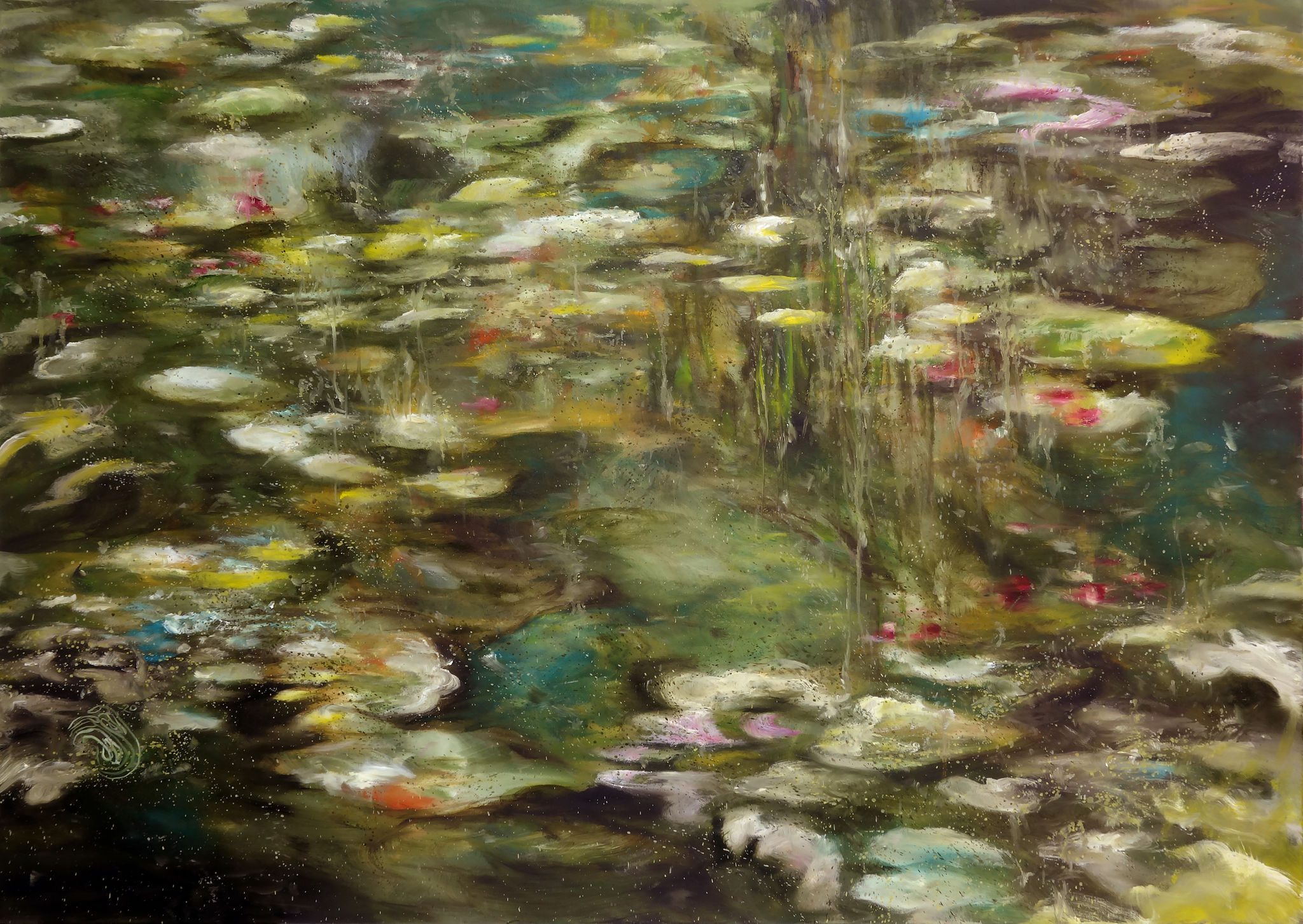This article presents ten contemporary art forms that have evolved rapidly with the emergence of technology and the changing social dynamics. Each of the ten art forms discussed in the article highlights different mediums and techniques artists use to express creativity and imagination. From the emergence of new media art, where artists blur the boundaries between art and technology, to the use of virtual reality technology in immersive environments, artists continue to explore new ways to engage their audience. This article presents a glimpse into the dynamic world of contemporary art and the endless possibilities for innovation and experimentation.
10 Contemporary Art Forms That Push The Boundaries Of Creativity
Art has always been a medium for expressing one’s creativity and imagination. With the emergence of technology and changing social dynamics, art forms have evolved rapidly. Contemporary art encompasses a wide range of mediums and styles, from painting and sculpture to digital media installations and performance art. Here are ten contemporary art forms that push the boundaries of creativity.
1. Conceptual Art
Conceptual art came into being in the 1960s and 70s, emphasizing ideas and concepts over traditional forms of visual aesthetics. Artists started using text, images, and videos to convey meanings rather than creating visually appealing works of art. Conceptual artworks often involve writings, instructions, diagrams, or photographs that explore a particular theme or idea.
2. New Media Art
New media art encompasses artworks created using digital technologies such as video, animation, and computer graphics. It emerged in the 1990s and has since been popularized by contemporary artists worldwide. New media art often blurs the boundaries between art and technology, and artists experiment with various media to create innovative and engaging works.
3. Performance Art
Performance art is a form of theatre that emerged durin the 1960s and 70s. It involves live performances by artists either alone or in groups. Performance art often pushes the boundaries of what is considered acceptable or appropriate, and the artists use their bodies, costumes, and props to express their message. The audience often becomes a part of the performance, engaging in a dialogue with the artists.
4. Street Art
Street art emerged in the late 1970s and early 1980s as a form of communication by graffiti artists. It has since evolved into a legitimate art form, and murals, stencils, and installations can be found adorning buildings, bridges, and public spaces worldwide. Street art often challenges social norms and political power structures.
5. Land Art
Land art is a form of environmental art where artists create works using natural materials in outdoor spaces. It often involves large-scale installations, such as Andy Goldsworthy’s stone cairns or Robert Smithson’s Spiral Jetty. Land art often questions the relationship between humans and nature and raises awareness of environmental issues.
6. Bio Art
Bio art is an art form that merges art and biology, often involving biotechnology and genetics. It emerged in the 1990s and has since been adopted by contemporary artists worldwide. Bio artists often highlight the ethical implications and societal impacts of new technologies.
7. Video Art
Video art emerged in the 1960s and 70s with artists using video as a medium of artistic expression. It ranges from experimental video collages to narrative storytelling. The use of video technology allows artists to create infinitely complex and layered artworks.
8. Interactive Art
Interactive art is a form of art that involves direct engagement with the artwork by the audience. It can take many forms, such as tactile or virtual environments, installations, or performances. Interactive artworks often rely on input from the audience, who affect the artwork’s outcome.
9. Virtual Reality Art
Virtual reality art is a relatively new art form that involves creating immersive environments using VR technology. It offers a unique way for artists to engage with their audience, allowing them to experience the artwork in a new dimension.
10. Digital Painting
Digital painting is an art form that utilizes digital technology to create artworks that mimic traditional painting techniques. The use of digital tools allows artists to work quickly and make changes easily. Digital painting offers a broader range of creative options and allows artists to experiment with new techniques and styles.
In conclusion, contemporary art forms offer a wide range of creative options that challenge traditional notions of art-making. With the advancement of new technologies and changing social dynamics, artists worldwide continue to push the boundaries of creativity, and we can only anticipate more innovation and experimentation.
